Media | Articles
5 reasons to adopt orphan project cars
Walk the aisles of your local pick-a-part, or scroll the seemingly endless pages of projects listed for sale on the internet, and you’ll find plenty of cars just waiting for a new home. Decades of market forces have shaped the roster of cars that have survived this long. There’s a certain safety in going with the grain—relatively generous parts supply, aftermarket options, a knowledgable and engaged community—but going the other direction with a particularly rare or unloved model has its own rewards. Here are five reasons to adopt a car from an orphan brand:
Forces you to better understand your car
Parts availability often trends with popularity and production numbers. That means that while those who love Chevrolet Chevelles are spoiled by the ability to procure just about any part or piece they might need to keep their car on the road. Someone with an AMC Javelin is often left to sort out how new and old parts might play nice together.
This doesn’t have to be a bad thing. Mainstream bolt-on kits often make meaningful compromises, and the simplicity of a one-stop shop means the installer doesn’t need to be terribly scrutinizing. In absence of such easy solutions, we might more clearly think through what we are trying to build and not get distracted by low-hanging fruit.
You’ll become a member of the community by necessity
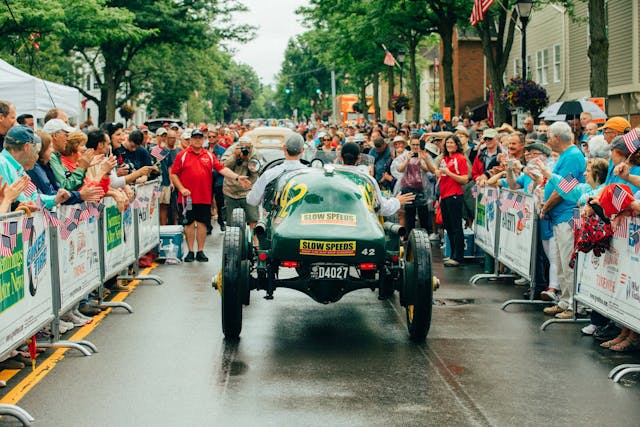
Lived experience is a powerful thing. Usually, the most valuable resource for someone working on a given car is to talk with the people who have been doing it for much longer. Our knowledge and understanding of how our cars work changes over time, as well as changing with the technologies at hand, so not everything should be taken as gospel (look no further than a lot of performance modification books from decades ago) but there is incredible experience to mine from those who have tread the path before us. It’s probably possible to restore a first-generation Mustang without engaging with anyone else, but doing the same with a basket-case Nash? A lot tougher, and a few savvy Nash friends will make your journey a lot richer.
It’s impossible to hide
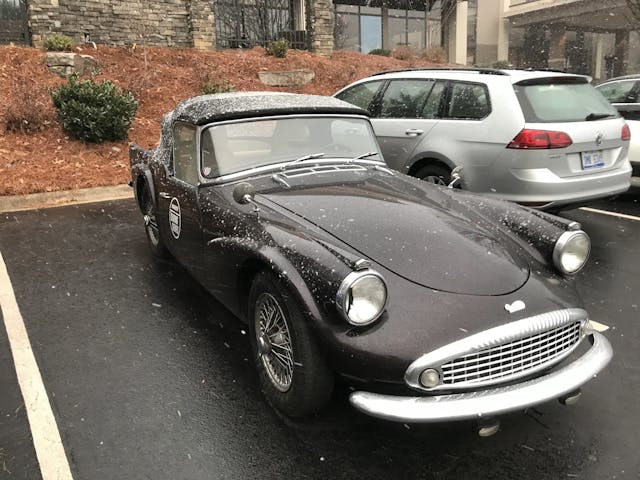
It’s fun to be known for something, especially if you can pick what it is. “Steve? The guy really into rotary NSUs?” Or “Alex? The Studebaker nut?” Just about any old car will stand out in modern traffic, but an orphan of years gone by is likely to draw even more attention. People just don’t know what they are. The rarer it is on the road, the more likely it is to draw comments and conversation at every fuel-up or parking lot. Not everyone wants to become the center of attention wherever they go, but it can be to have your work in keeping history on the road foster human connections.
Marketplace
Buy and sell classics with confidence
Event eligibility
If you like driving your car and attending tours and events, an off-beat or otherwise unusual car can be your ticket into exclusive gatherings that run-of-the-mill cars will not be allowed access. Driving tours and large shows typically have to cap entry, often favoring interesting or unique cars so as to avoid a parade of too-similar vehicles. One example: The Colorado Grand “is open to racing cars and sports cars of distinction built in 1960 or before.” That means Peerless GTs are as welcome as Mercedes-Benz SL Gullwings or Shelby Cobras. One of those is available on a blue-collar budget, while the other two are, well, not.
The barrier to entry is typically lower

Speaking of prices, take a scroll through your favorite classifieds site. It doesn’t take long to suss out that defunct brands generally trade at lower value than those from, say, the Big Three. Your dollar often goes further if your are agnostic as to the grille badge. For the price of an entry-level but popular car, you can sometimes nab the top trim of a more obscure car. While others may spend time and money up-badging or even up-restoring (think of all the Chevrolet 150s that became Bel Airs over the years) it can be satisfying to have piece of history that requires no asterisk. Not to mention the fatter parts budget.
Are there downside that come with choosing the path less traveled? Of course. It’s harder, for one, but the upsides should not be ignored. An oddball car might send you on an adventure that benefits not only you but helps preserve a small part of car culture that would have otherwise faded away.
Now if you’ll excuse me, I have motorcycles to haul and a space in my driveway for a Studebaker pickup to do the grunt work. It’s out there somewhere.

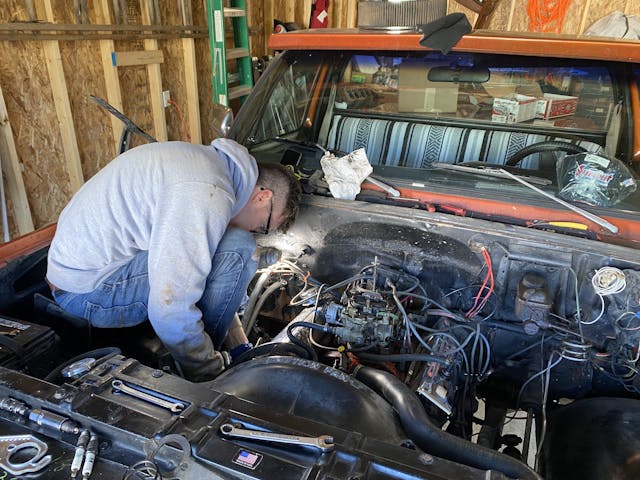








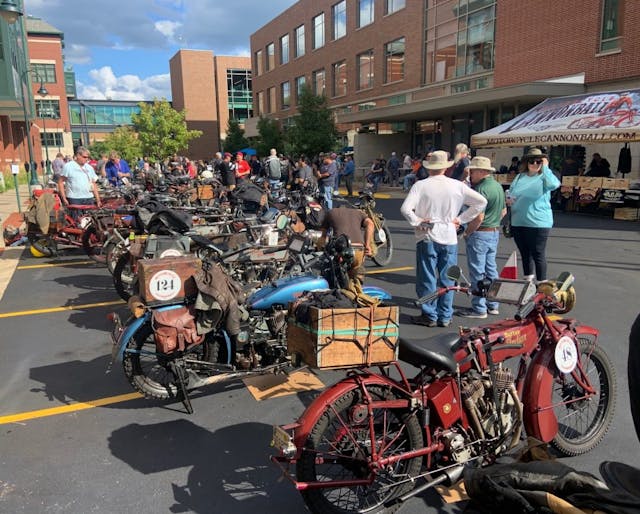



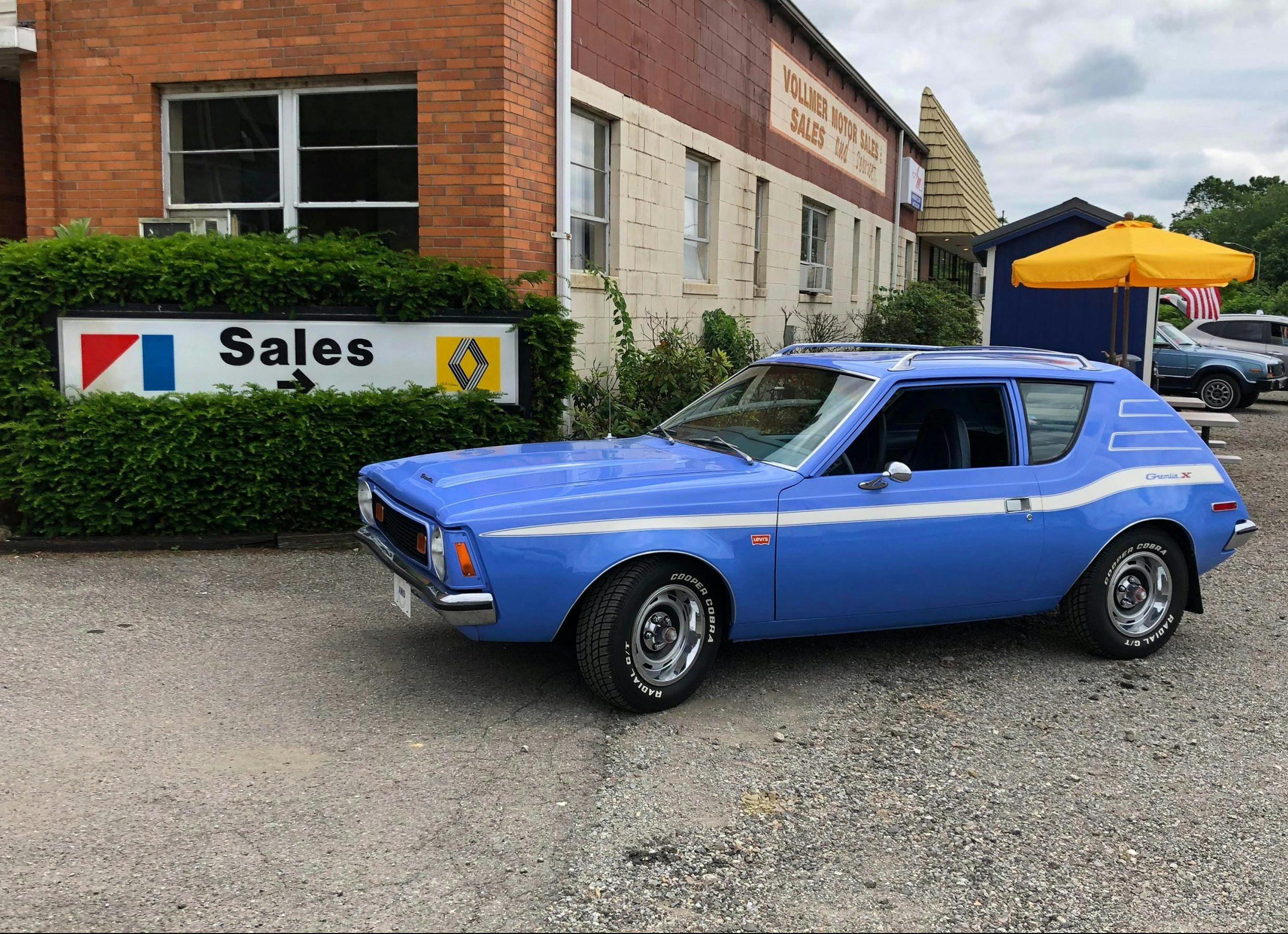
Will the Cybertruck be an orphan in 20 years? Or is it already?
I own a 1963 Studebaker Avanti R2 4spd. I have the build sheet and shipping papers for it. I can pretty much guarantee it will be the only Avanti at the local shows. I will drive it to and usually need to stay with the car for the duration of the show because I will be answering questions and explaining facts about the car that most people get wrong or don’t know. When I dropped in on an Italian exotic themed (read Ferrari, Lamborghini, Maserati) show the organizers wanted my car up front with the imports. My choice of orphan car has provided hours of fun.
I tried to post but it never made it for some reason. I guess I rambled on too much about gearhead-dom and my Teutonic grandfather who could fix/build/create anything Let me just say when I go to a car show I like to see something different. Stangs and chevs are “cool” but you can only look at so many before it gets stale. If I have to look at GM a rope drive V8 Tempest would be interesting ….UK Lotus Cortina …..Superbird. Stuff like that .
Thinking about bringing home a1978 Porsche 928 “project”.Black,five speed tan leather interior and phone dial wheels.What does this gallery think of this? Seriously. What do you folks think? Will age old saying “ with ten thousand dollars it’ll be a decent five thousand dollar car” still apply?
I think your a little off. With fifty thousand dollars you will be able to buy a hundred dollars worth of parts for a Chevy, Ford or Dodge. I just paid $ 2,850.00 for a new Cayenne headlight.
I wouldn’t say you’ve given enough information about the 928 in question to really give anything beyond generic advice. What is the current condition of the car? What do you want to do with/to it?
From what I see looking from the outside as the car sits in open storage. Definitely paint,rear bumper cover,entire interior seat faces and rugs. Don’t know if it runs so there’s that unknown. Being that it’s an early US model I would like to restore it to former glory. Non sunroof…not even sure if that was an option back then.
I just bought my third Checker, so now I have the full set: a Taxicab, a Marathon, and now a wagon. I’ve had the cab for 25+ years, so I’ve had a lot of “What is it? Who made it? Yeah but who made it?” conversations. When they ask the year, I like to make them guess, since the cars all look like 1958 models. Oh the shock of learning they’re from the 70s! I’m used to being the only one at the car show, but the online Checker community is a great group of people always ready with tips and parts sources. Orphan cars (or the term I prefer, Discontinued Makes) can be very rewarding to own & drive but don’t ever buy one if you think you’re going to make money. My joy comes from being different, and educating people about these lesser-known makes. Plus they’re easy to find in the Walmart parking lot.
It’s not always about the make, but sometimes the model that makes it an orphan. I have a 1953 Chevy 1/2 ton panel truck. How many of these do you see on the road or at a show?
Far from “unloved”, people LOVE Gremlins now. You’ll get way more thumbs-up in a Gremlin than in any Ferrari short of Ferris Bueller’s 1961 California Spyder.
Amen. I can 100% for sure vouch for that. wife wants me to sell ’em, I say “bury me in one of them”
I have a ’81 Corolla Liftback that draws bigger crowds than Ferraris (everyone has a story about one, but there are none left), a ’81 Cressida that most people think is a Mercedes or Maserati, and ’79 Corona (a what?). My ’86 Toyota x-tra Cab Dually should be on the road in the spring.
Why be normal?
An active car club is invaluable for orphans. When I had a Sunbeam Tiger, only about 3,000 were made and Rootes / Sunbeam dealers disappeared years ago. The local Tiger Club had reproduced all the NLA rubber seals and weather stripping, re-printed the shop manual and had a cross-reference for parts that were common to other cars. Helped keep my car on the road for years I owned it.
Some orphans are easier to own vs others.
Olds, Pontiac, Mercury, Plymouth are easy to own. Well known and shared many parts.
The real orphans are the hard to love and hard to restore. Unknown brands today are a challenge.
Pontiac has the best future for orphan cars with one of the best club systems out there.
Cars like the G8 New GTO and Solstice will do well.
I ran into a guy while delivering Meals on Wheels. He had an AMC Pacer in very good shape. While it didn’t appeal to me in its day, it was now sort of interesting to see the huge interior in a rather compact(but wide) package.
I love me some orphans! Had an 88 dodge colt I cold ac and 4 speed. Had a 1981 Datsun 210 yellow in color, 35mpg running 80. Loved them! If I still had the Datsun I’d put a kubota diesel Engine in it and fetch 50 mpg rolling some coal smoke rings right passed the waiting to charge Teslas 🙂
I have a 68 AMX 390 4 speed and a 52 Chevy 2 Dr HT
Both vehicles create interest at shows!
How about a 49 Kaiser, Midnight Blue. Dad and mom used to have as many as 30 Kaiser and Fraziers in their yard for a yearly meet. Still a good amount of support. And yes the same Kaiser known for steel, aluminum, the hospital network and building a ship in one day during WWII
Sometimes I think I’m the Orphan guy. Since I started driving in 1966, I’ve had an Ambassador (AMC–originally Nash), four Mercury’s, four Saabs, two Triumphs, and two Frazers–along with the still living marques Ford and Jaguar. I still own both Triumphs and both Frazers, and one Saab, a 1996 900S convertible sits in my garage.
Everything in the article rings true from my experience. I show the Frazer most often (of my two, one runs and one’s a parts car). It’s a 1948 model and at shows I get two reactions. Almost everyone my age (74) or older has a family story about Kaiser-Frazer cars. I have my own. The car my dad was driving when I was born was a 1947 Kaiser. People younger than me look straight at the hood’s name badge and ask “What is it?” When I respond “It’s a Frazer!” they come back with “Yeah, but what is it?” And while I have seen the occasional Kaiser in shows, I’ve never seen another Frazer. It gets a lot of attention when on display.
Even on the street. I had an 8 year old kid (I’m guessing at his age) lean out the window of his mom’s soccer van to yell “Neat car!” And it is. But I have to agree that the marque club is invaluable. The KFOCI (Kaiser-Frazer Owners Club International) has been invaluable both for information and for parts. My 1948 parts car came to me directly through my KFOCI membership, and all it cost me was a trip to the Olympic Peninsula and buying breakfast for the previous owner. His wife had told him he had too many projects and needed to downsize. Thanks, wifey!
And stop into your local Carquest and ask about parts for your Triumph. Then spend the next five minutes telling the 20-something year old clerk “No, it’s not a motorcycle.”
Orphans are the best. I’d gladly have any of my former loves back, even the Ambassador.